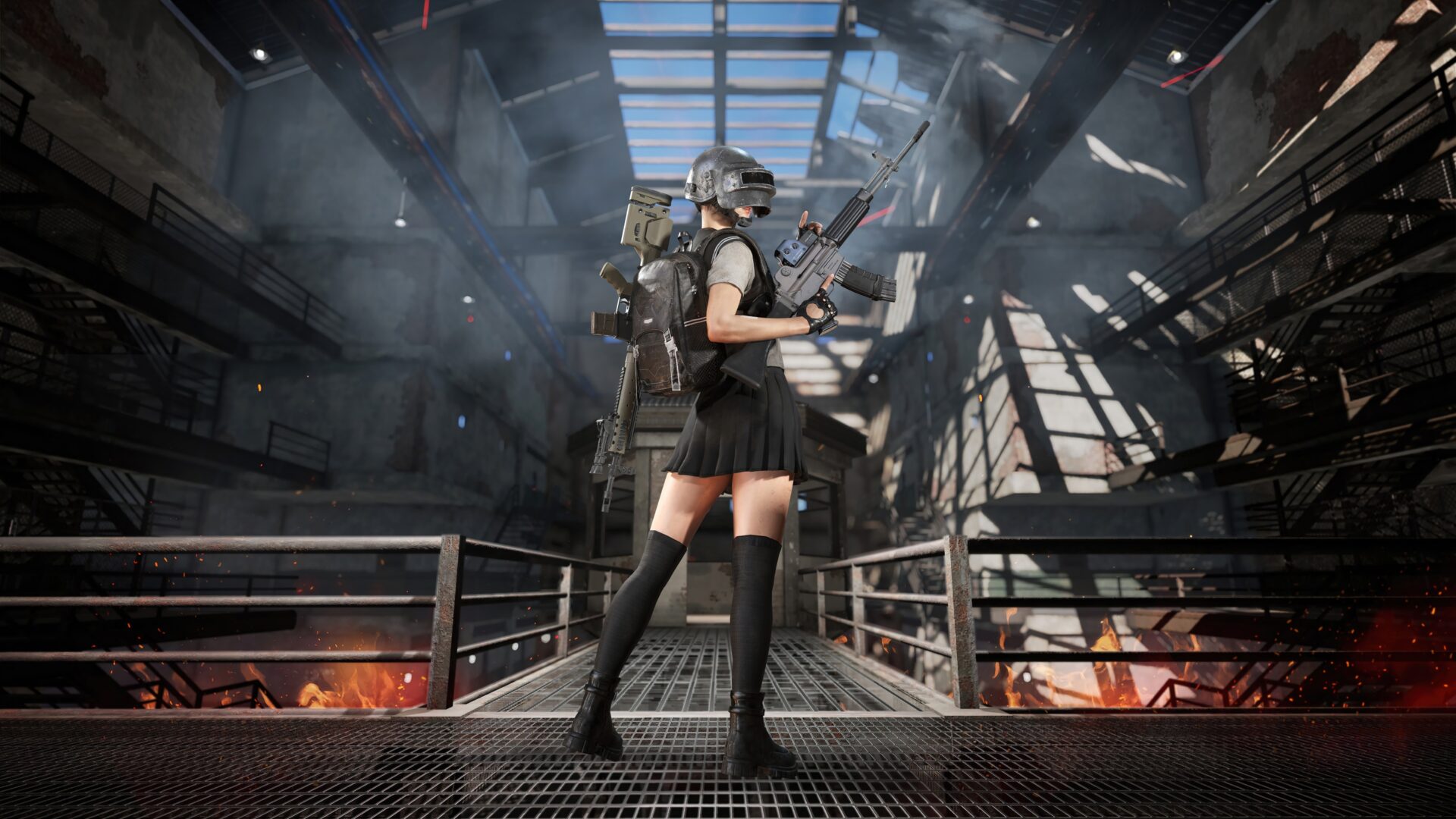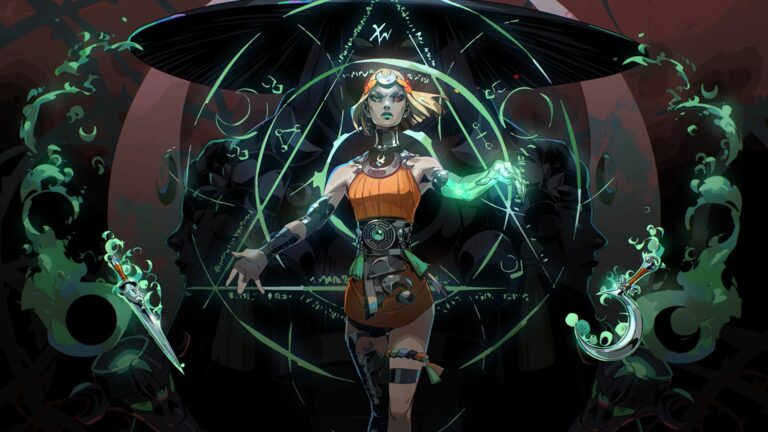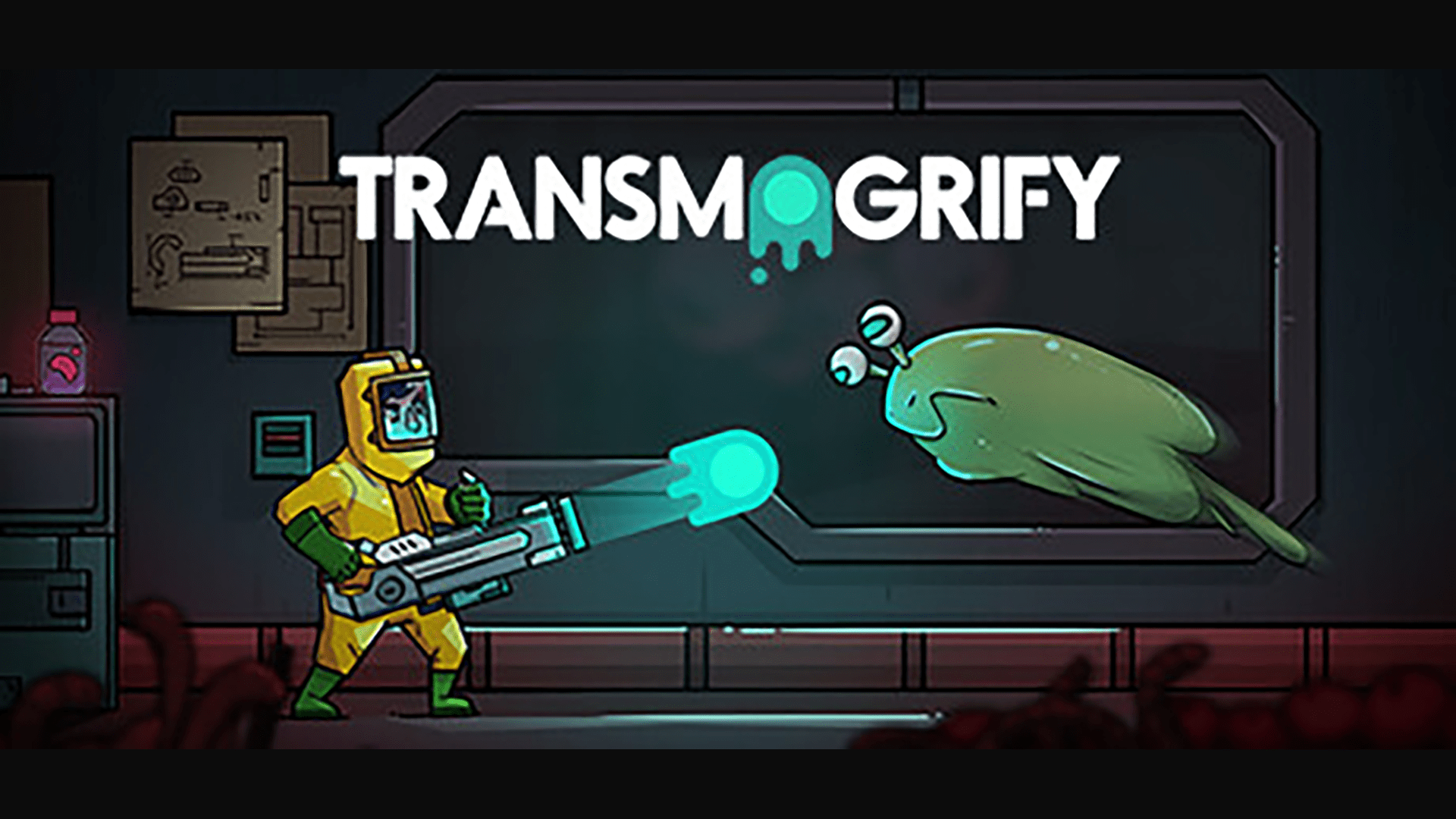Brendan ‘PlayerUnkown’ Greene’s standalone Arma III mod PUBG hit early access on Steam in March 2017. It feels like a lot longer ago than that. Roaring into a full release the following December, the game quickly hit its all-time peak (on Steam anyway) at 3.2 million concurrent players. For context that’s at least a million more than were playing Halo 3 when it was released in 2007. Console ports, a chart-topping mobile version, and even an animated show have all been spawned since.
You Might Also be Interested in:
Top 10 Co-Op Indie Games to Play with Family this Holiday
Flynn: Son of Crimson – An Indie Gem
PUBG’s wild commercial success was quickly observed, analyzed and re-deployed in other games nearly immediately. Fortnite was a failing horde shooter before it’s free to play Battle Royale mode turned it around. Call of Duty created it’s own free to play component; Warzone to cash in on the trend. Titanfall 3 was cancelled and its assets hammered into shape to form free to play monster hit Apex: Legends that saw 10 million new players log in on its virtually unannounced release. And now, 4 years after kick-starting the whole thing, and mere months after Brendan Greene departed the team to form his own independent studio going by the name of PlayerUnknown Productions, PUBG has (somewhat ironically) followed these examples by going Free to Play itself. Will it solve the pervasive cheating problems that have pushed a lot of players away? No. Will it suddenly transform what PUBG is and make it feel as fresh as it did in 2017? Probably not. Does it present an opportunity to jump in and get hands-on with one of the most influential independently developed games ever released without spending any money? Yes. Yes. A thousand times yes.
Are you a free to play multiplayer fan? Check out our review of Century: Age of Ashes, an F2P indie that has players dogfighting from the back of their very own dragons!









